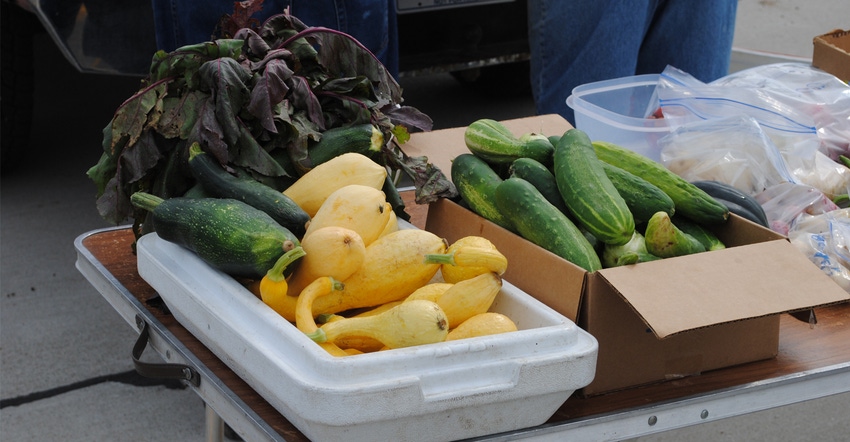November 29, 2021

Should I rotate vegetable crops in my garden, and if so, how should the rotation go? Take advantage of the downtime in the growing season to plan the garden for the upcoming year. It may seem too early to think about gardening, but now is the perfect time to start thinking of the layout and the rotation of your vegetable crops.
What is crop rotation and why is it important? Crop rotation is simply when you rotate where you put the crops in the garden. Plants in the same family are susceptible to similar insect and disease problems. Rotating your garden crops will help move the plant families around and decrease your potential for pest and disease problems.
The key to crop rotation is to switch where you put your plant families each year. Knowing what plants are related will help prevent having that family back in the same location year after year.
Waiting three years, or even four years, before putting the same plant family back in that spot would be ideal, but recognize that is not always feasible in a home garden. Do the best you can, and try not to put the same vegetables in the same spot every year.
All in the family
Below is a list of plant families and the common vegetables included in those families:
Carrot family (Apiaceae). Carrots, celery, parsley, parsnip
Goosefoot family (Chenopodiaceae). Beets, spinach, Swiss chard
Gourd family (Cucurbitaceae). Cucumbers, muskmelon, pumpkin, summer squash, watermelon, winter squash
Grass family (Poaceae). Field corn, popcorn, sweet corn, wheat, rye, rice
Mallow family (Malvaceae). Okra
Mustard family (Brassicaceae). Broccoli, Brussels sprouts, cabbage, cauliflower, Chinese cabbage, collards, kale, kohlrabi, mustard greens, radish, rutabaga, turnip
Nightshade family (Solanaceae). Eggplant, pepper, potato, tomato
Onion family (Alliaceae). Chives, garlic, leek, onion
Pea family (Fabaceae). Bush bean, kidney bean, lima bean, pea, pole bean, soybean
Sunflower family (Asteraceae). Endive, lettuce, sunflower
Plan ahead
To make a crop rotation plan, start by making a sketch of the outline of the garden plot. If possible, try to make the drawing to scale. Then divide your garden according to the number of plant families you would like to grow. The location crops are grown in the garden will follow an order or sequence.
Consider putting a heavy-feeding crop such as summer squash, tomato or watermelon in a location that was planted in legumes, like peas or beans, the previous year. The next year, follow the heavy-feeding crops with a light feeder, such as carrots, sweet potatoes or onions. An example for a spot would be year one, beans; year two, tomatoes; then year three, onions; and year four, start back over with the same rotation.
Unless you have a photographic memory, completing a garden plan now might be helpful to keep everything straight. If you didn’t do this for this past growing season, you might want to make a note on paper what crops were grown where. This will be helpful as you plan the location for crops in the upcoming year. You can also include notes of the cultivars grown, how they did, and if they were crops you would consider growing again.
Crop rotation is one of the most effective methods to minimize the potential for disease and insect pressures in the home garden. With a little careful planning, you can make sure your garden is diverse and protected from garden pests.
Exstrom is a Nebraska Extension educator in Hall County with a horticulture focus.
You May Also Like




